Cuba Reviews Key Economic Indicators
especiales
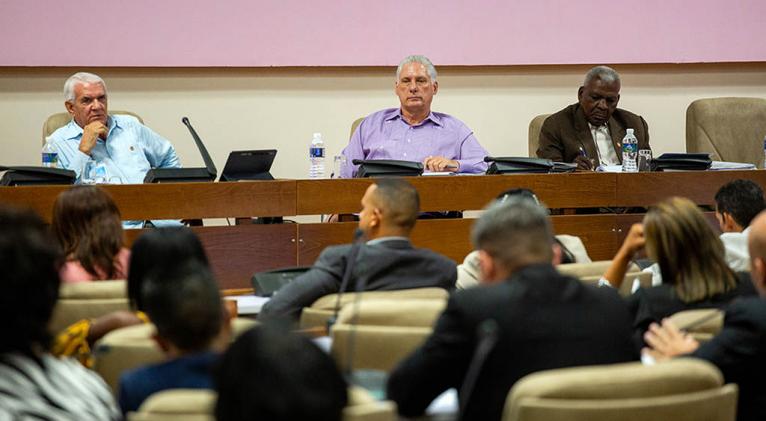
Cuban Minister of Economy and Planning Joaquín Alonso stated today that the country's primary financial allocations this year have been directed toward energy carriers, depending on national availability.
Speaking during the opening session of the Economic Affairs Commission of the National Assembly of People's Power (ANPP), Alonso noted that despite the challenging national economic scenario, the government continues to systematically monitor the recovery program and prioritize energy sector supply, according to Granma.
However, he acknowledged ongoing limitations in the sector, including a fuel deficit for power generation and limited resources for capital maintenance of thermoelectric units, which remain the backbone of the energy system.
Renewable energy sources contributed 6.4 percent to the energy matrix during the period, surpassing the national plan by 1.9 percent and showing a 2.7 percent increase compared to the same period last year.
Regarding the state enterprise system, Alonso reported that proposals have been submitted to establish the National Institute of State Business Assets, along with a draft legal framework (a decree-law) to implement reforms aimed at improving the functioning of Government Boards and refining the structure of high-level state management organizations.
The proposed legislation also outlines criteria for the gradual transition of selected enterprises to be overseen by the new institute.
Alonso added that progress has been made in identifying and defining state-run high-tech small and medium-sized enterprises (SMEs), with 115 such companies recognized to date—61 already established and 54 projected for creation in the short and medium term. A proposal is also underway to provide differentiated support to these entities.
Cuba currently has 19,428 economic actors, including 5,106 productive forms, 2,843 state entities, 11,369 private SMEs, and 110 joint ventures. In addition, there are 496,535 self-employed workers.
In the social sphere, despite economic constraints, the minister emphasized the government’s continued commitment to ensuring no one is left behind, as outlined by the Cuban Communist Party and national leadership.
Authorities have identified and are supporting 2,828 new economically vulnerable families. A total of 3,526 mothers of children with severe disabilities receive protection.
Home social assistance services are provided to 11,204 beneficiaries, supported by 10,067 social assistants. Aid has been delivered to 18,506 vulnerable families, with a total value of 273,966,117 Cuban pesos.
Additionally, 309,037 people received financial support to cover the cost of the subsidized family food basket, and 28,000 retirees receiving minimum pensions were granted extra assistance.
Efforts to promote social transformation are underway in 1,252 communities, benefiting 27,897 economically vulnerable families. The government is also supporting 63,756 mothers of three or more children living in these communities.
For the second half of 2025, Alonso listed several priorities: advancing implementation of the Macroeconomic Stabilization Program, boosting foreign currency income through all possible means, promoting productive activity with an emphasis on domestic food production, and maximizing use of industrial capacity.
Additional goals include improving food distribution at the territorial level, strengthening coordination among economic actors, continuing the recovery of the National Electric System, expanding the role of renewable energy, and improving social assistance mechanisms to enhance the living conditions of vulnerable individuals and communities.



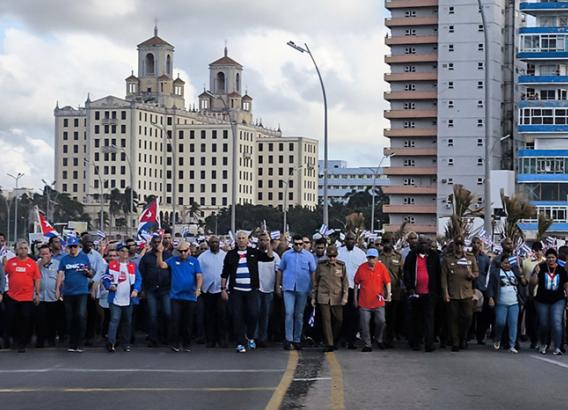
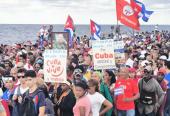
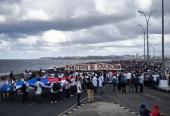
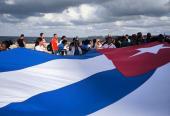

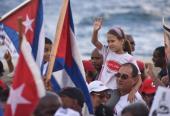
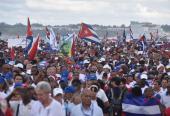


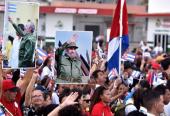

Add new comment